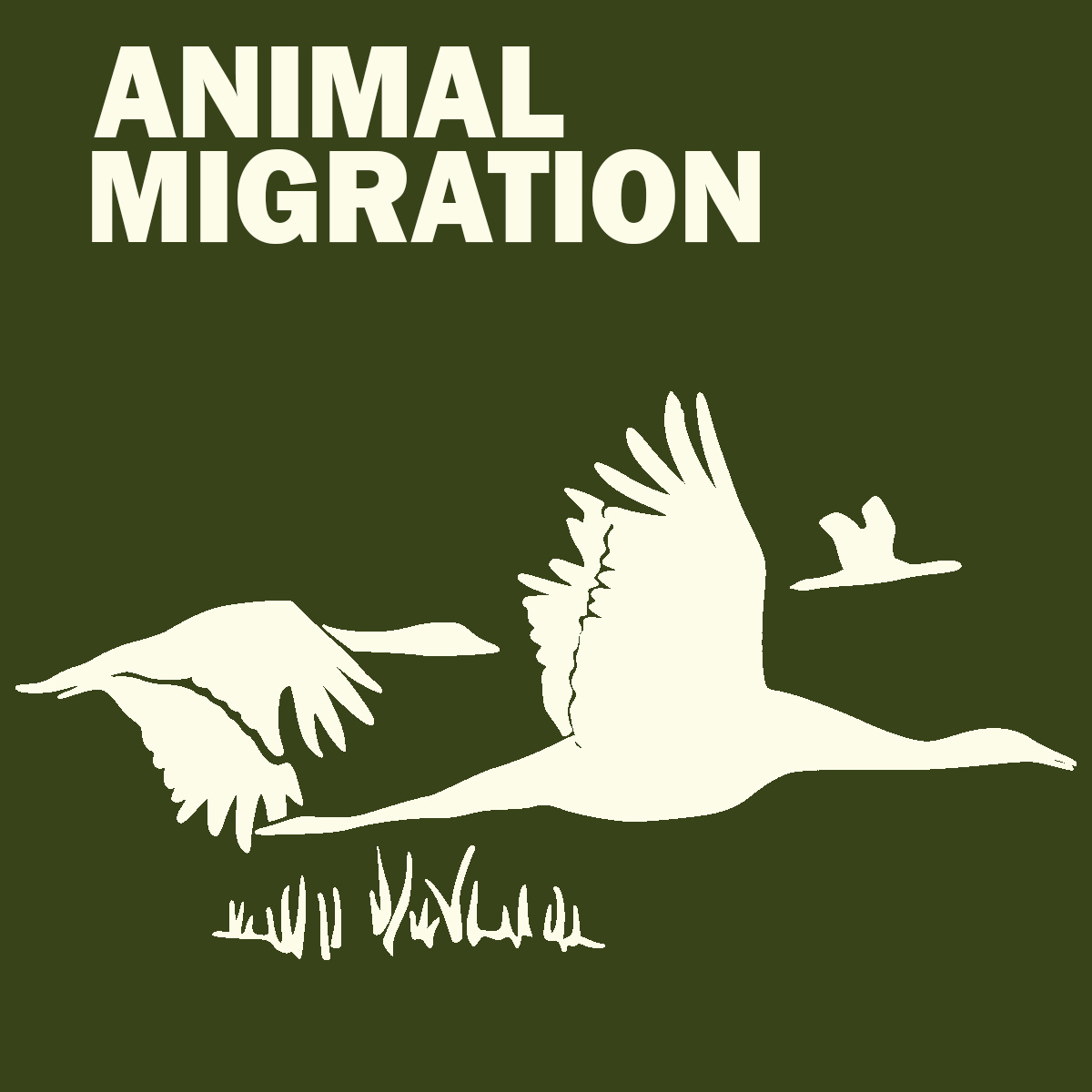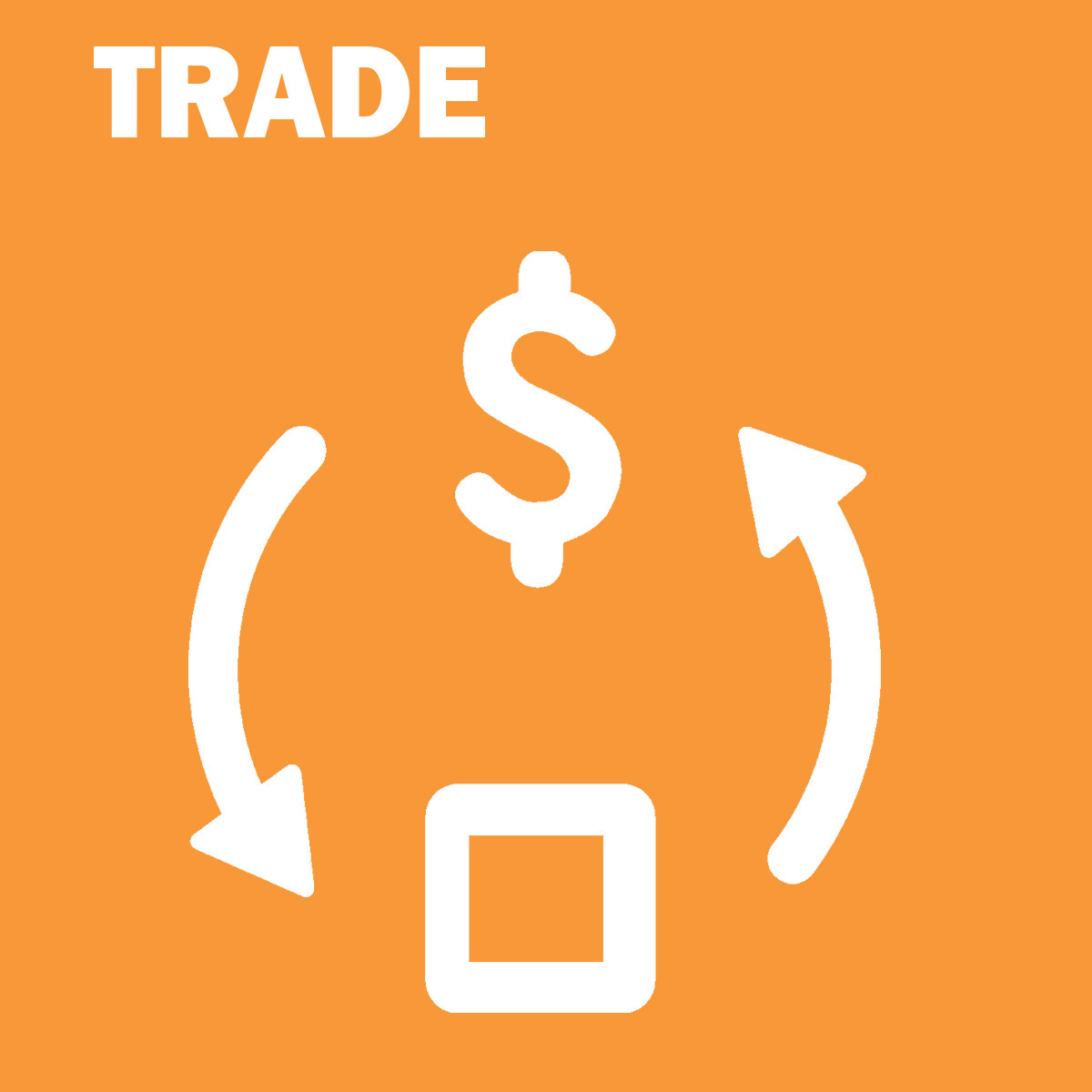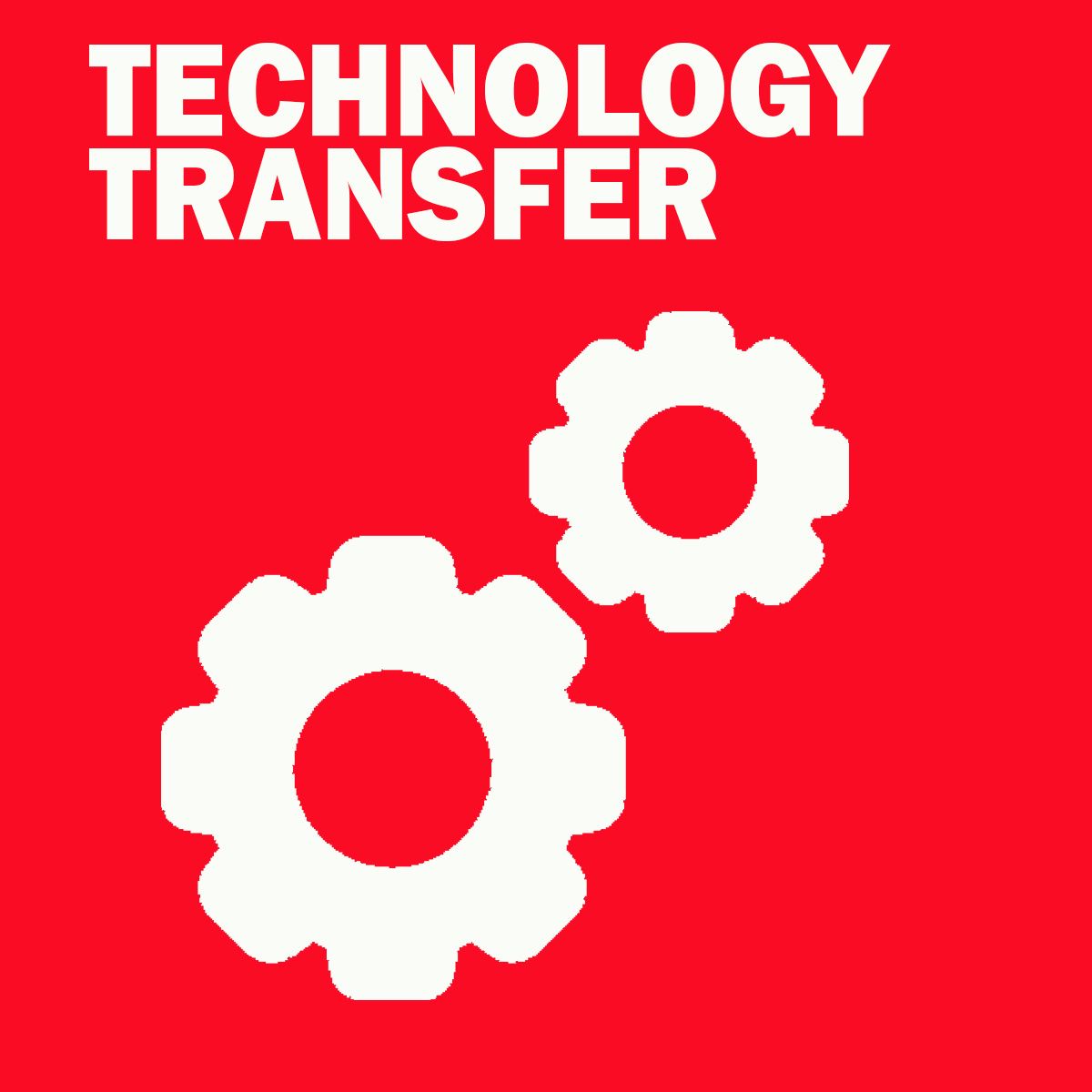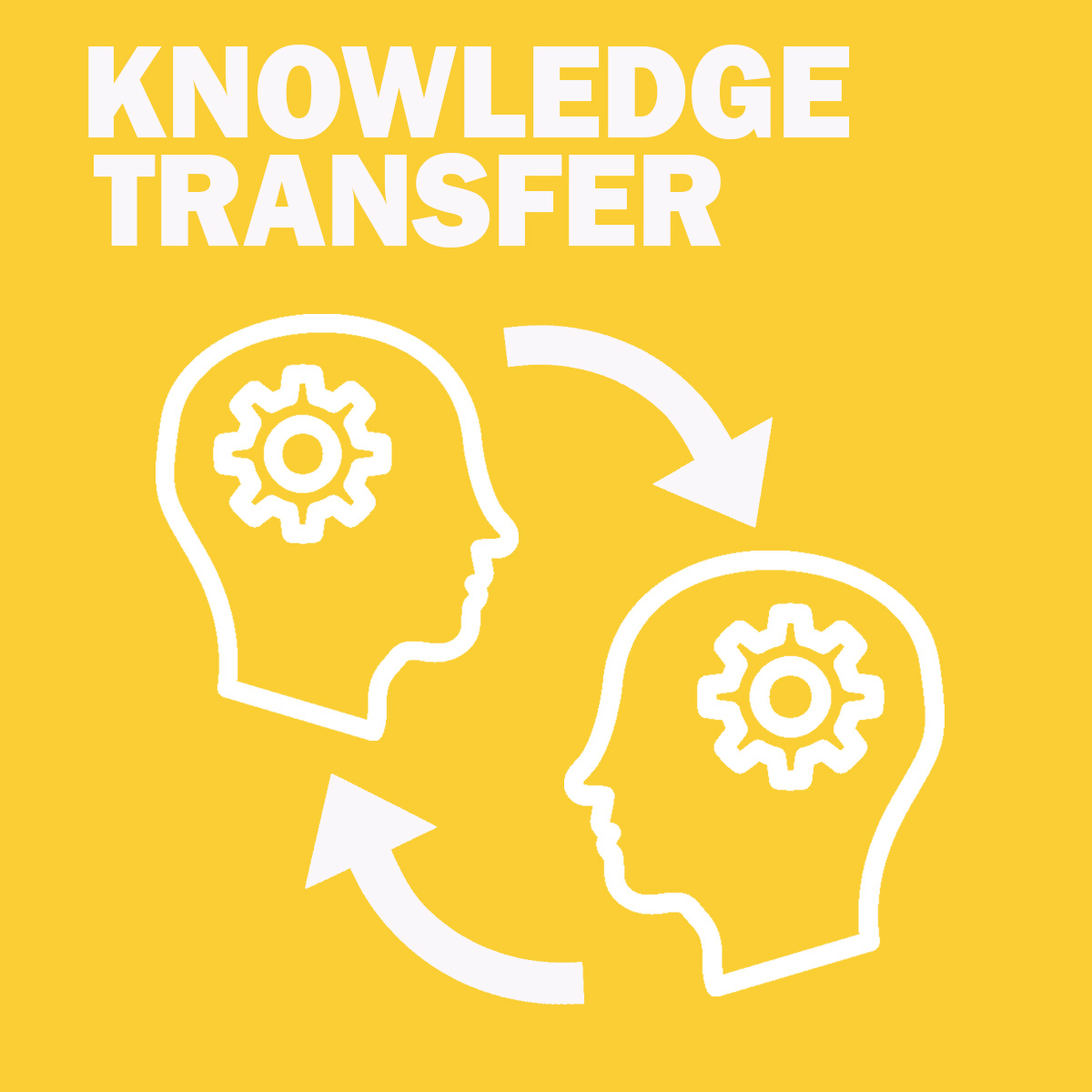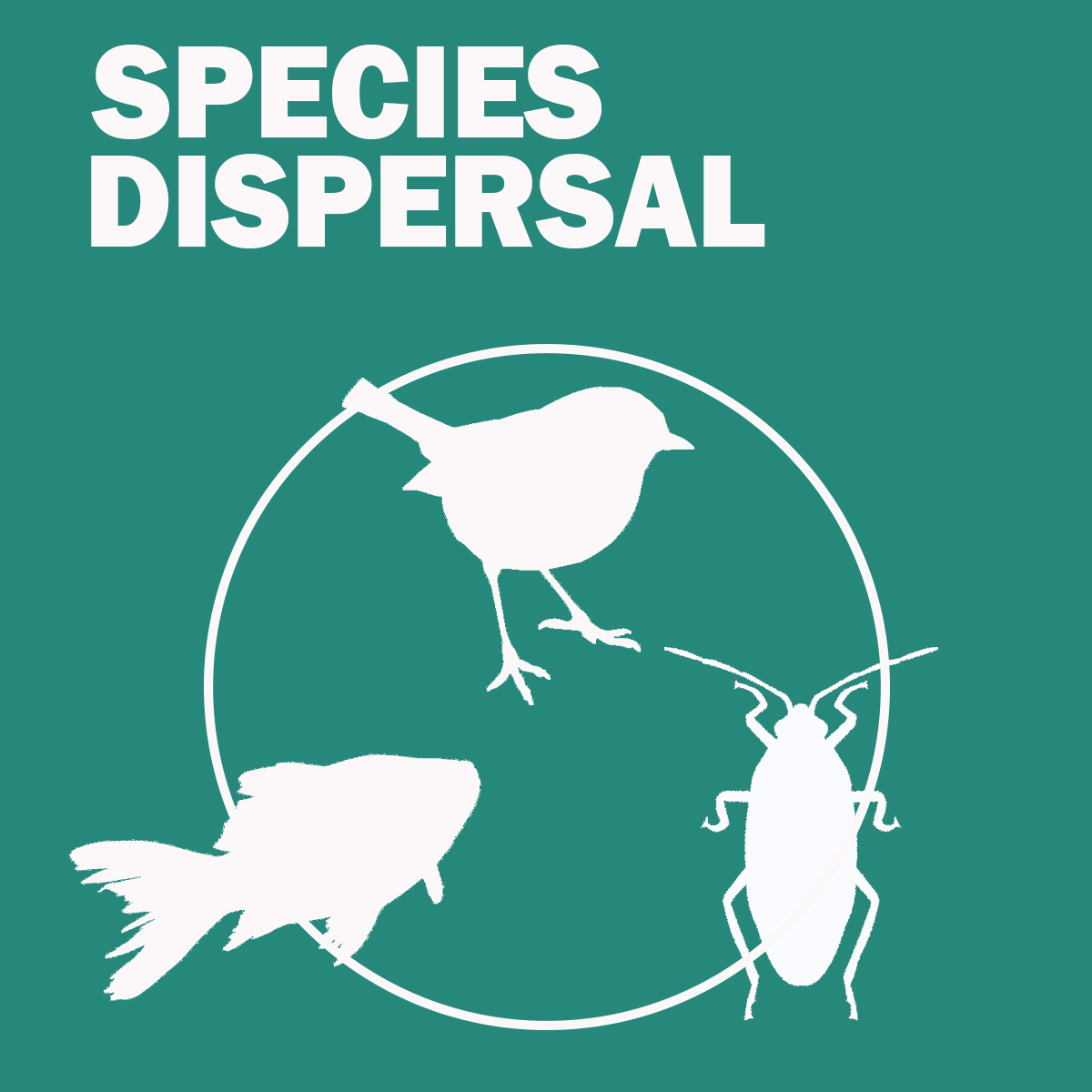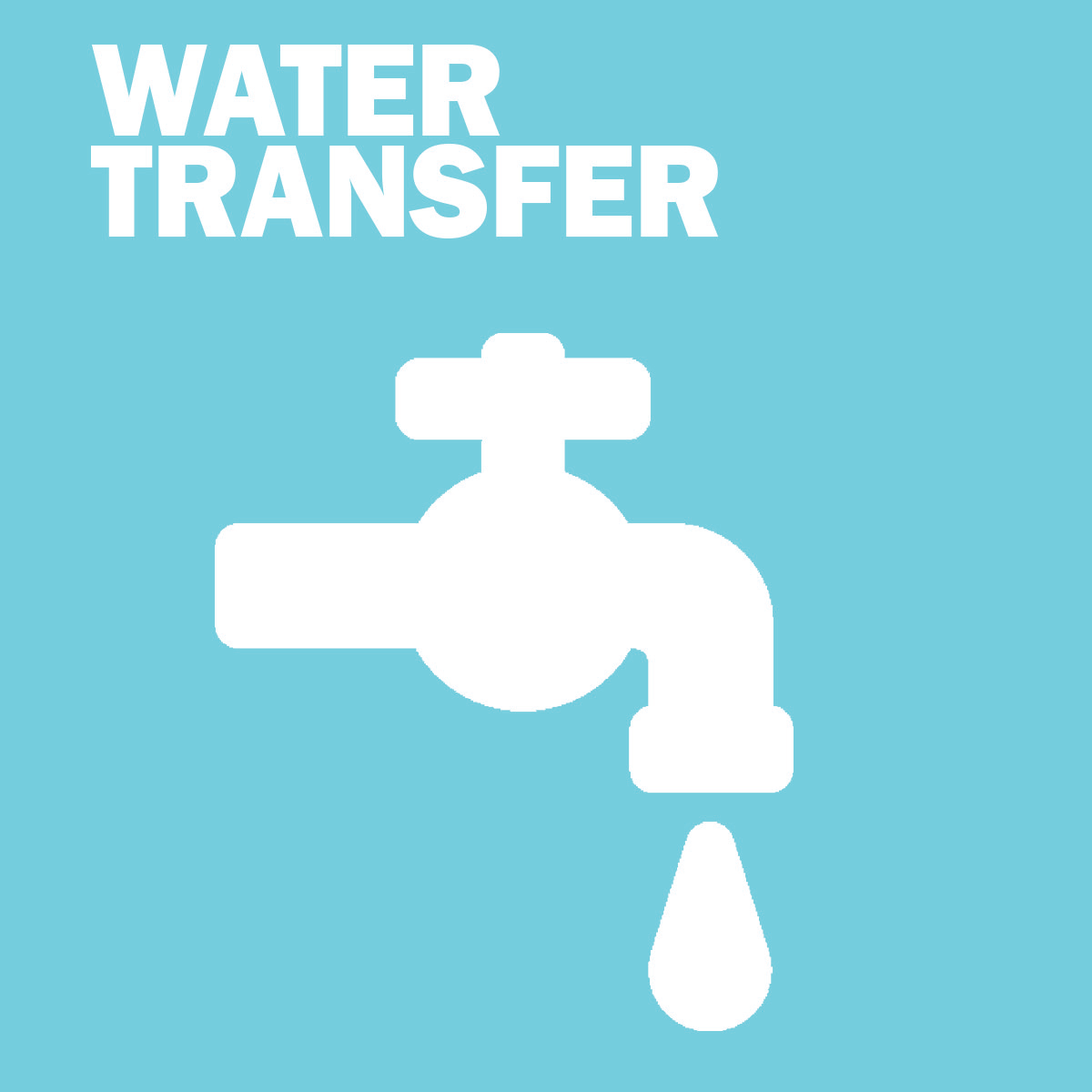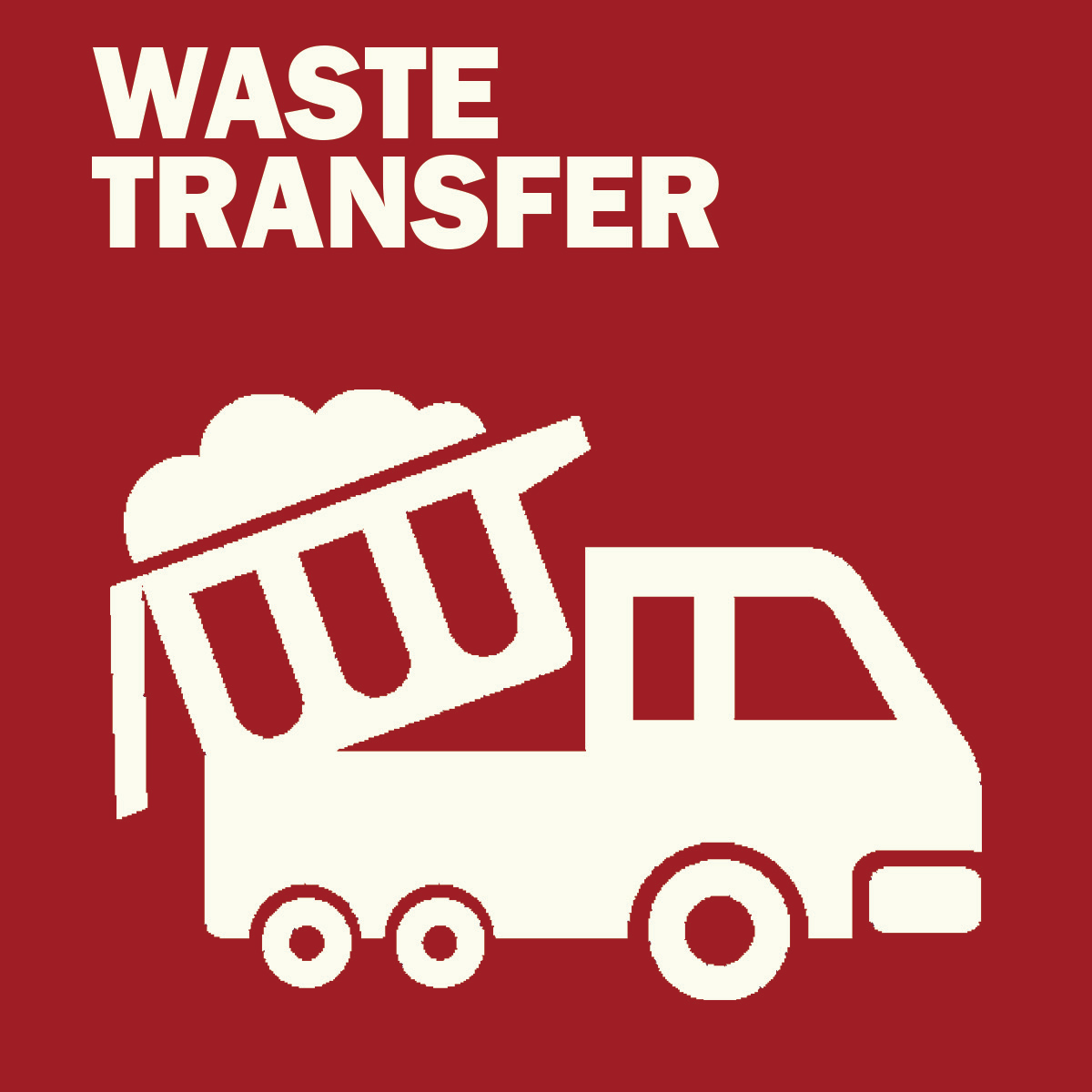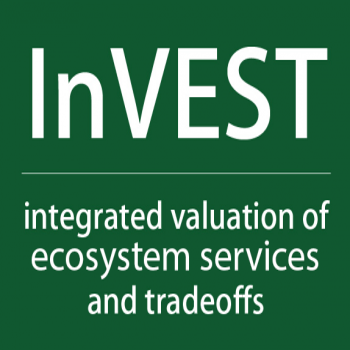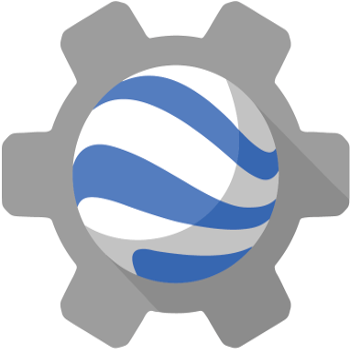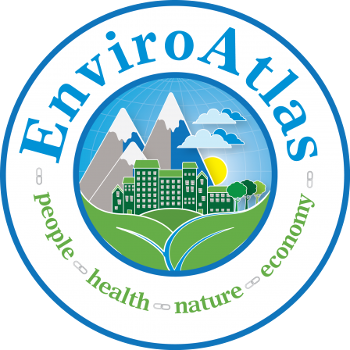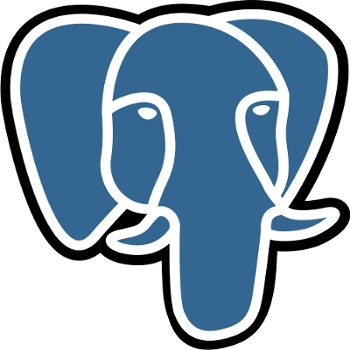What is Telecoupling?
Telecoupling is a new avenue of research to understand today’s hyper-connected world and achieve a sustainable future. Telecoupling enables natural and social scientists across various disciplines to understand and generate information for managing how humans and nature sustainably coexist.
The telecoupling framework gains its distinction by enabling researchers and practitioners to dive deeply into systemic complexities, even if systems are far from each other. Similar to the umbrella concept of ecosystem services, which encompasses a variety of nature’s benefits to humans and facilitates studies on relationships among different types of services, e.g., carbon sequestration, food provisioning, pollination, water purification, and recreation, the framework of telecoupling can help promote systematic, multidisciplinary studies on different types of distant interactions and their interrelationships.
Examples of telecoupling relationships include animal migration, tourism, trade, technology transfer, investment, human migration, knowledge transfer, species dispersal, water transfer, waste transfer.
To understand the forces affecting sustainability across local to global scales, it is essential to build a comprehensive set of spatially explicit tools for describing and quantifying multiple reciprocal socioeconomic and environmental interactions over distances.
What is the Telecoupling Toolbox?
The Telecoupling Toolbox, designed at Michigan State University’s Center for Systems Integration and Sustainability, is the first suite of geospatial software tools and apps developed to map and identify the five major interrelated components of the telecoupling framework: systems, flows, agents, causes, and effects. The modular design of the toolbox allows the integration of existing tools and software to assess synergies and tradeoffs associated with policies and other local-to-global interventions.
A Systems Integration Approach
We tackle complex sustainability issues by implementing a true systems integration approach. All tools and applications within the Telecoupling Toolbox are developed by integrating custom models alongside existing data sources, software, and modeling architectures.
Who should use the Telecoupling Toolbox?
The innovative, free and open-source (see LICENSE for details) toolbox can provide researchers and practitioners a useful platform to address globally important issues, such as land use and land cover change, species invasion, migration, flows of ecosystem services, and trade of goods and products.
What’s in the Toolbox?
Reference Publications
- McCord, P., Tonini, F., and Liu, J. (2018). Making strides in sustainable development with the Telecoupling GeoApp. Science Trends, September 6, 2018. https://sciencetrends.com/making-strides-in-sustainable-development-with-the-telecoupling-geoapp/
- McCord, P., Tonini, F., and Liu, J. (2018). The Telecoupling GeoApp: A Web-GIS Application to Systematically Analyze Telecouplings and Sustainable Development. Applied Geography, 96, pp. 16-28. https://doi.org/10.1016/j.apgeog.2018.05.001
- Tonini, F., and Liu, J. (2017). Telecoupling Toolbox: Spatially explicit tools for studying telecoupled human and natural systems. Ecology and Society, 22 (4), pp. Art11. https://doi.org/10.5751/ES-09696-220411
Credits and Contacts
All telecoupling icons were designed and created by Jamie DePolo. The following are author attributions for those free logos downloaded and used as part of our telecoupling icons:
- Water Transfer: Icon made by Freepik from www.flaticon.com is licensed by CC 3.0 BY
- Species Dispersal: cockroach icon
made by Freepik from www.flaticon.com is licensed by CC 3.0 BY- Investment: Icon
made by Freepik from www.flaticon.com is licensed by CC 3.0 BY- Tourism: Icon
made by Freepik from www.flaticon.com is licensed by CC 3.0 BY© 2021 Michigan State University
Nan Jia: jianan2@msu.edu
Paul McCord: mccordpa@msu.edu
Jianguo ‘Jack’ Liu: liuji@msu.eduLICENSE
Telecoupling Toolbox (“Software”) is the property of Michigan State University (MSU) and is made available solely for educational or non-commercial use. See LICENSE for details.
- This toolbox depends on the R Statistical Computing Software:
© 2018 The R Foundation for Statistical Computing. R is free software and comes with ABSOLUTELY NO WARRANTY. See the COPYRIGHTS file for details.
- This toolbox depends on ESRI software:
© 2018 ESRI. See the Software License and Agreement for details.
- This toolbox depends on InVEST - Natural Capital Project software:
© 2018 NatCap Project. See the Software License and Agreement for details.
- Species Dispersal: cockroach icon
